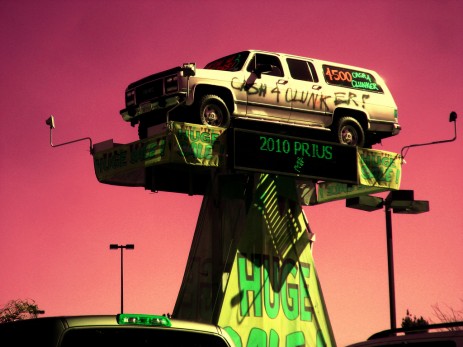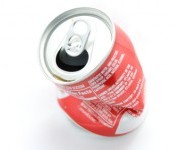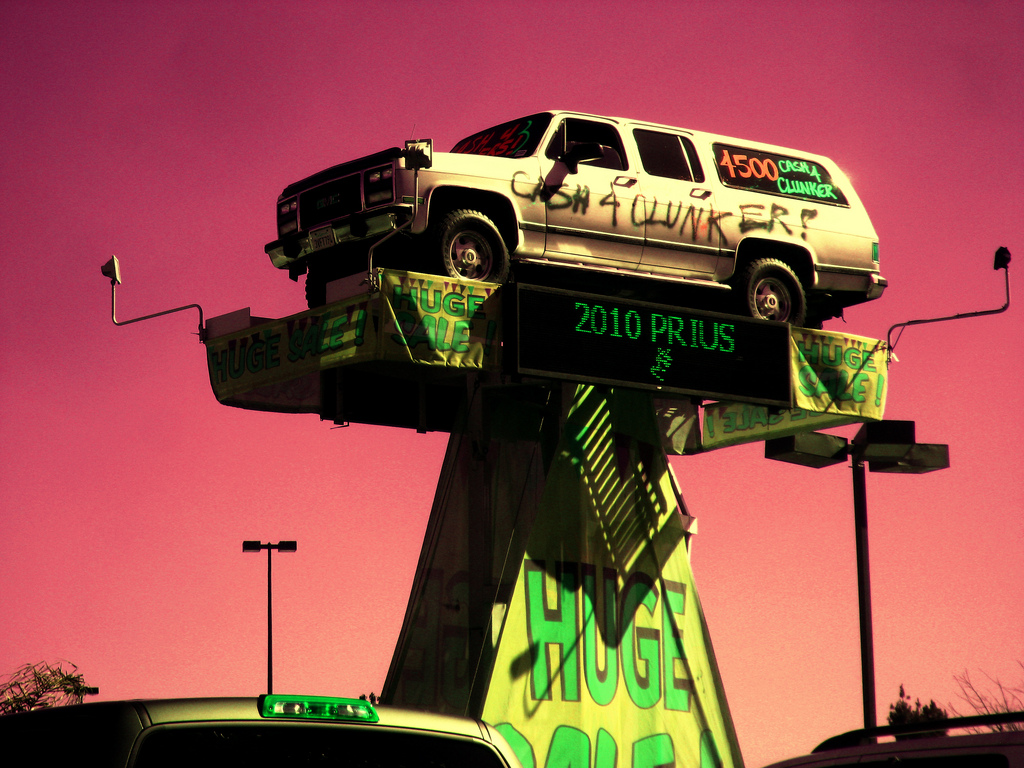 So how did Cash for Clunkers work out from an environmental standpoint? You don’t want to know.
So how did Cash for Clunkers work out from an environmental standpoint? You don’t want to know.
The $3 billion federal program was kinda sorta supposed to send inefficient, high-polluting, belchy vehicles to an early grave. Instead it put a lot of new large, inefficient vehicles on the road, according to an AP investigation of new government records.
The most common deals swapped old Ford or Chevrolet pickup trucks for new pickups that got “only marginally better gas mileage,” the analysis found. Old Ford F-150 for new Ford F-150 was the most common exchange. Buyers were 17 times more likely to purchase an F-150 (rated at 16 miles per gallon) than a hybrid Toyota Prius.
At least 15 owners of large pickups cashed them in for new Hummer H3 SUVs that get only 16 mpg. Excuse me, but why did the government even send claims forms to Hummer dealerships? Government officials are “investigating” out how these deals squeaked through, the AP reports.
About 1 in 7 of all deals went for vehicles that got 20 mpg or worse. If you think about it, though, 20 mpg really isn’t such a bad rate … for 1979.
There were plenty of signals before the one-month summer program began that it was a poor method for cutting pollution (note our roundup of early warnings). There’s also a lively debate on whether it made sense as economic stimulus.
“If we’re looking for the environmental story here, we’re going to be disappointed,” Jeremy Anwyl, of analyst firm Edmunds.com, told the AP. “It might have started out from the perspective of improving the environment, but it got detoured as a way to stimulate the economy.”
That pretty much nails it.



